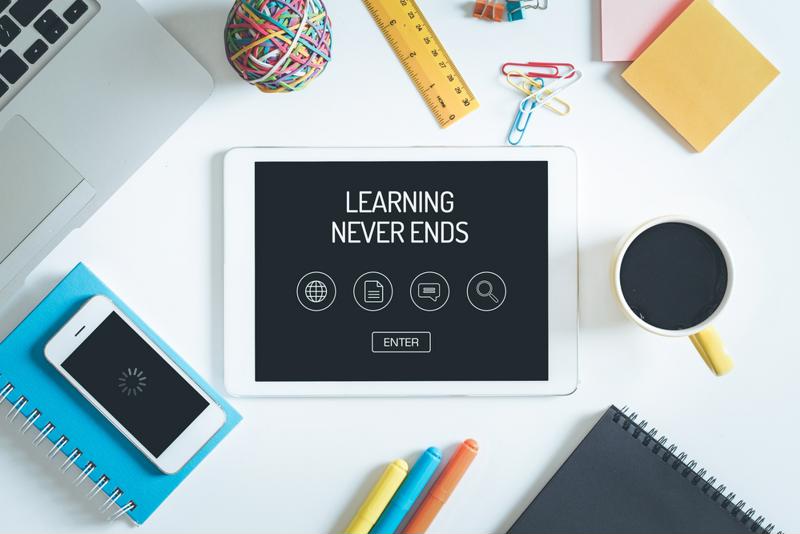
Recognizing the value of continuous learning
In years past, it might have been feasible for organizations to train new employees comprehensively at the start of their tenure and believe that in doing so, they had fulfilled any obligations to workers' overall professional development. In recent years, however it's become increasingly clear that such an approach simply isn't enough. Companies neglecting the potential benefits of a development-focused internal environment may end up limiting their productivity and revenue. By contrast, businesses that support a company culture of continuous learning can enrich employees' lives far beyond their time with the organization. Moreover, doing so can benefit the corporate bottom line.
You don't need to panic, however – it's certainly not too late to start implementing continuous learning as a regular practice. Here, we'll briefly examine the basics of this method of training for those unfamiliar with it, and then look at ways of successfully enacting a development program within a company:
The essence of continuous learning
If a company has active programs in place that allow workers to learn new skills beyond the essential expectations of their day-to-day responsibilities, it's supporting continuous learning. There's no requirement regarding how such a development initiative is structured or which skills it must emphasize – you'll have to determine these aspects based on your company's industry and its specific priorities.
For example, 61 percent of business leaders responding to a 2017 Deloitte survey said they were restructuring certain jobs around artificial intelligence and robotics. So if your business has similar priorities, it you'll need to provide employees with the training to understand such technologies and how they'll factor into workers' roles on a regular basis. In another example, a marketing and advertising firm might want to offer Google Analytics certification and AdWords training to its creative personnel so that they understand the nuts-and-bolts side of their market. Your choice of training options should fill a particular gap in workers' skill sets or provide preparation for future challenges of the industry.
Why it matters
The most important reason why it's critical to implement continuous learning initiatives is simple. Significant numbers of employees are demanding these experiences, particularly those falling under the millennial umbrella. According to the aforementioned Deloitte survey, individuals belonging to this generation consider the potential for learning and development a major factor in their choice of field, workplace and career. There is also a broader human factor here that must be taken into account: Forbes contributor Sarah Landrum noted that millennials take great joy in continuous learning's potential for reinforcing memory, improving overall cognition and bolstering one's social skills across all areas of their lives – not solely in the professional arena.
Unfortunately, Deloitte researchers found that a significant number of businesses – more than 54 percent of respondents to the consulting firm's survey, in fact – don't have active initiatives in place to help their workers develop the skills they will need for future advances and paradigm shifts in their industries. Only 20 percent of companies use experiential learning techniques, and just 18 percent believe they provide employees with clear steps to develop their overall careers in the organization and beyond.
Taking responsibility for learning opportunities
As noted by Lauren Weber in The Wall Street Journal, many contemporary employees will imbue themselves with the responsibility for continuous learning and pursue opportunities to broaden the scope of their understanding without help from the businesses that employ them. For the most part, this is a good thing. But Weber also pointed out that some employers see this as an excuse to avoid involvement in substantive learning initiatives, or at the very least to assign more responsibility to the individual than the organization.
Offering employees the time and resources to (briefly) put aside their daily tasks and participate in supplemental learning is essential if businesses want to see real results among staff, according to the Association for Talent Development. Additionally, there needs to be open communication about what training initiatives will be available and what participation in them will entail. It's prudent to furnish staff with incentives they can earn through successful engagement with continuous knowledge-gathering. Last but not least, after employees fulfill the requirements of their training and have the associated certifications to show for it, follow up: Periodic check-ins with workers who've developed new skills allow you to measure the efficacy of your continuous learning program in terms of individual gains and bottom-line organizational successes.
Uncategorized
